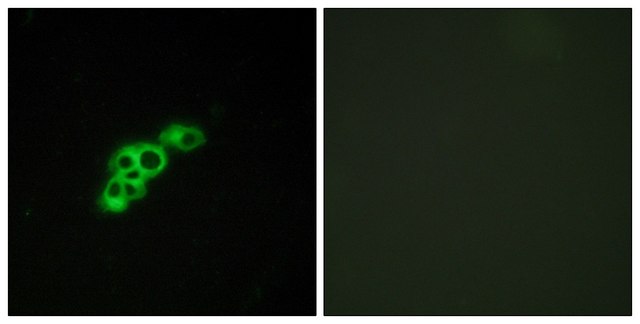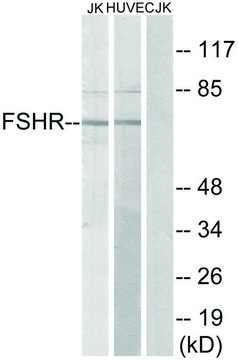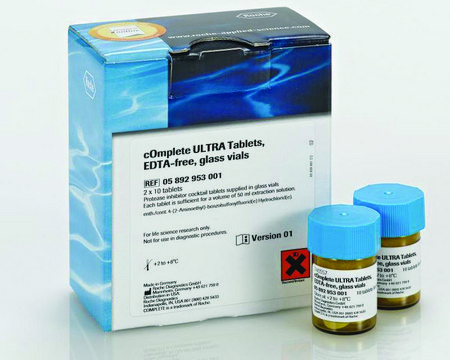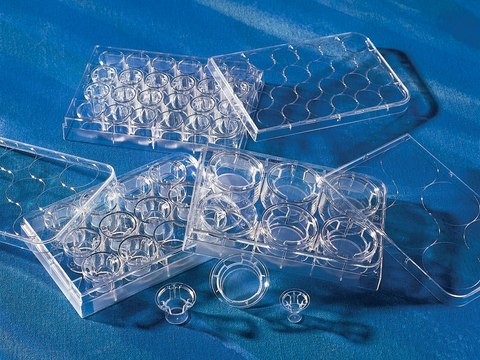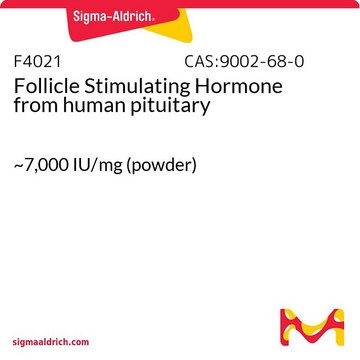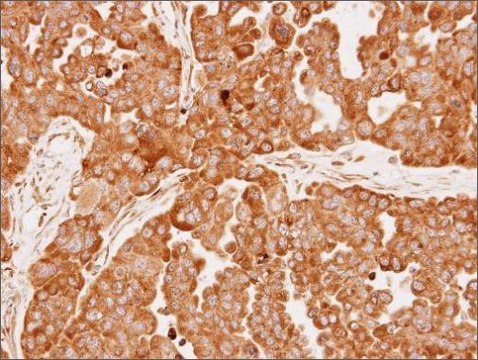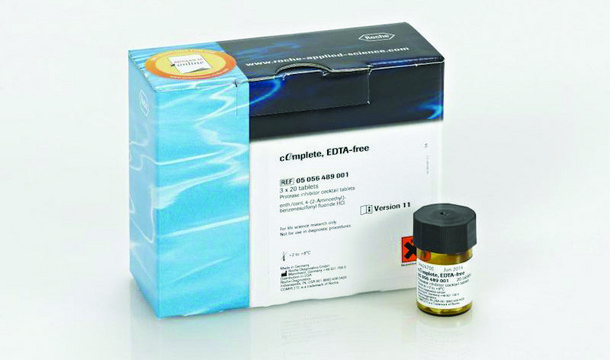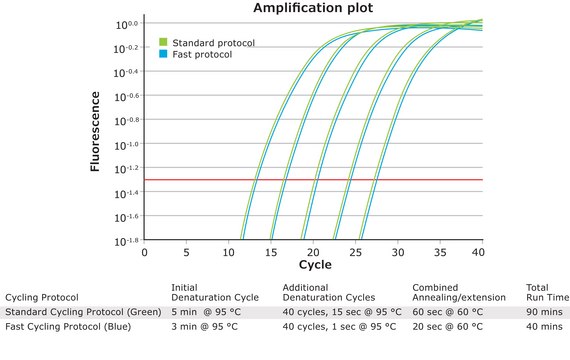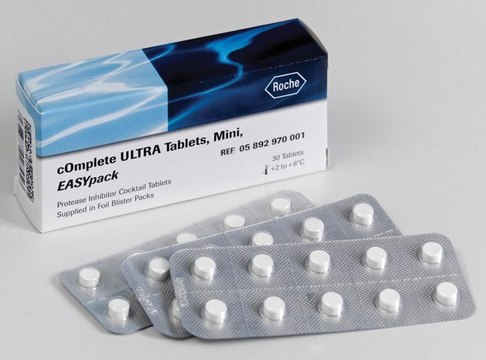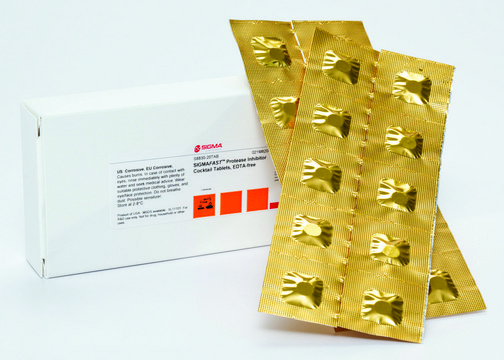推荐产品
生物来源
rabbit
质量水平
偶联物
unconjugated
抗体形式
affinity isolated antibody
抗体产品类型
primary antibodies
克隆
polyclonal
表单
buffered aqueous solution
种属反应性
human
存货情况
not available in Japan
技术
immunohistochemistry (formalin-fixed, paraffin-embedded sections): 7-14 μg/mL
UniProt登记号
运输
dry ice
储存温度
−20°C
靶向翻译后修饰
unmodified
基因信息
human ... FSHR(2492)
mouse ... Fshr(14309)
rat ... Fshr(25449)
一般描述
Follicle stimulating hormone receptor (FSHR) belongs to the G protein-coupled receptors family and is a glycoprotein. FSHR gene is mapped to human chromosome 2p16.3. FSHR comprises hydrophilic domain, hydrophobic membrane regions, C-terminal extracellular domain, and short intracellular domain.
免疫原
synthetic peptide coresponding to the N-terminal extracellular domain of human follicle-stimulating hormone receptor, conjugated to KLH. The immunizing peptide has 24% identity and 29% similarity with the mouse gene.
应用
Anti-Follicle-Stimulating Hormone Receptor antibody produced in rabbit has also been used in immunohistochemistry in ovine and reproductive tissues. It has also been used in western blotting.
生化/生理作用
Follicle stimulating hormone receptor (FSHR) is located on Sertoli cells of the testes and the granulosa cells of ovary. The pituitary glycoprotein hormone, FSH, binds to FSHR and regulates the function of gonads and overall fertility. In Sertoli cells, FSHR-mediated cell proliferation determines the spermatogenic output. In ovarian granulosa cells, FSHR signaling mediates follicular growth and maturation of oocytes. Polymorphisms in the FSHR is implicated in premature ovarian insufficiency.
外形
Solution in phosphate buffered saline containing 0.1% sodium azide.
免责声明
Unless otherwise stated in our catalog or other company documentation accompanying the product(s), our products are intended for research use only and are not to be used for any other purpose, which includes but is not limited to, unauthorized commercial uses, in vitro diagnostic uses, ex vivo or in vivo therapeutic uses or any type of consumption or application to humans or animals.
未找到合适的产品?
试试我们的产品选型工具.
储存分类代码
10 - Combustible liquids
WGK
nwg
闪点(°F)
Not applicable
闪点(°C)
Not applicable
法规信息
常规特殊物品
Wenling Huang et al.
Reproductive biology and endocrinology : RB&E, 17(1), 80-80 (2019-10-21)
Whether follicle-stimulating hormone receptor (FSHR) polymorphisms are implicated in premature ovarian insufficiency (POI) remains controversial. Thus, we performed this study to explore correlation between FSHR polymorphisms and POI in human beings. Literature retrieve was conducted in PubMed, Medline, Embase and
A T Grazul-Bilska et al.
Domestic animal endocrinology, 71, 106391-106391 (2019-11-16)
Corpus luteum (CL), a transient endocrine gland critical for reproductive cyclicity and pregnancy maintenance, is controlled by numerous regulatory factors. Although LH is widely recognized as the major regulator, other factors may also affect luteal functions. It has been demonstrated
Leslie L Heckert et al.
Recent progress in hormone research, 57, 129-148 (2002-05-23)
Results from experiments using mouse models suggest that the role of follicle-stimulating hormone (FSH) in spermatogenesis is the regulation of Sertoli cell proliferation and, ultimately, the size and spermatogenic capacity of the testis. The regulation of the expression of the
Lingyuan Fu et al.
Journal of assisted reproduction and genetics, 30(5), 717-721 (2013-03-29)
Polycystic ovary syndrome (PCOS) is a common complex genetic endocrinopathy. It has high heritability, and twin studies indicate that it is a complex polygenic disorder. Searching for major genes of PCOS is crucial to clarify its molecular pathogenesis. A previous
The follicle-stimulating hormone receptor: biochemistry, molecular biology, physiology, and pathophysiology.
M Simoni et al.
Endocrine reviews, 18(6), 739-773 (1997-12-31)
我们的科学家团队拥有各种研究领域经验,包括生命科学、材料科学、化学合成、色谱、分析及许多其他领域.
联系技术服务部门